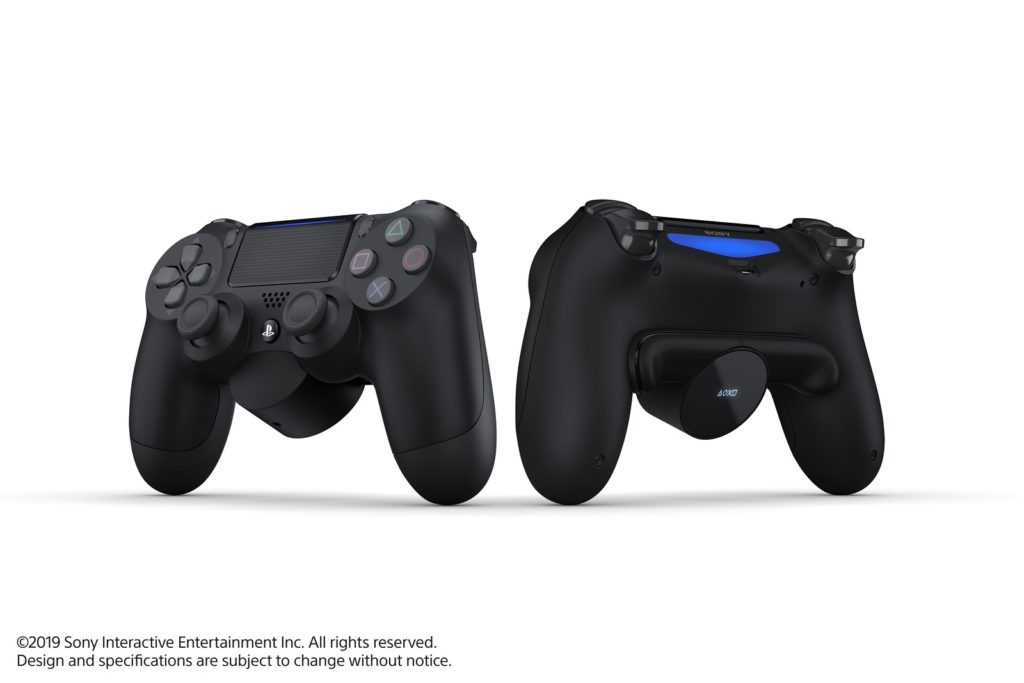Your weekly frequent11y newsletter, brought to you by @ChrisBAshton:

Sony’s new Back Button Attachment brings customizable paddles to the DualShock 4
- Sony are releasing a $30 attachment for the DualShock 4 controller which slots into the back and provides two extra large buttons. These can be mapped to any of the other buttons on the controller, and could be a (literal) game changer for disabled users who may struggle to use the controller standalone. It’s not being marketed as an accessibility aid, but as a tool for power users to level up their gameplay. Indeed, non-disabled users could find the tactile buttons improve their gaming performance.
- Aside: It’s highly unusual for Sony to release something like this so late in the PS4 lifecycle, which suggests these might work with the DualShock 5 when it comes out.
Epilepsy Foundation Bombarded with Seizure-Triggering Twitter Posts
- The Epilepsy Foundation has filed a criminal complaint with the U.S. Attorney and the Office of the State’s Attorney in Maryland, against a number of Twitter uses who maliciously posted seizure-inducing content on its feed. This happened during November: National Epilepsy Awareness month. A similar attack happened in 2016 against journalist Kurt Eichenwald, which purportedly triggered a seizure.
- Aside: around 3% of people with epilepsy can be triggered by exposure to flashing lights or certain visual patterns.
Accessibility Testing by People with Disabilities
- An article of two halves, by a11y expert Becky Gibson. The first half gives guidance for performing your own a11y audit. It recommends WAVE as a starting point, followed by the Web Developer extension for validating document structure and numerous bookmarklets for additional automated tests. This is followed by manual keyboard and screen reader testing – checking for WCAG 2.1 AA violations (as opposed to WCAG 2.0, which was released in 2008 and has little guidance for mobile) – and finally, testing responsive design and zoom/magnification. The second half highlights Vision Aid for specialising in training blind individuals as testers, and argues the business case for this (‘native’ screen reader users will spot problems more quickly and catch some issues that other testers might not).
Did you know that you can subscribe to dai11y, week11y, fortnight11y or month11y updates! Every newsletter gets the same content; it is your choice to have short, regular emails or longer, less frequent ones. Curated with ♥ by developer @ChrisBAshton.